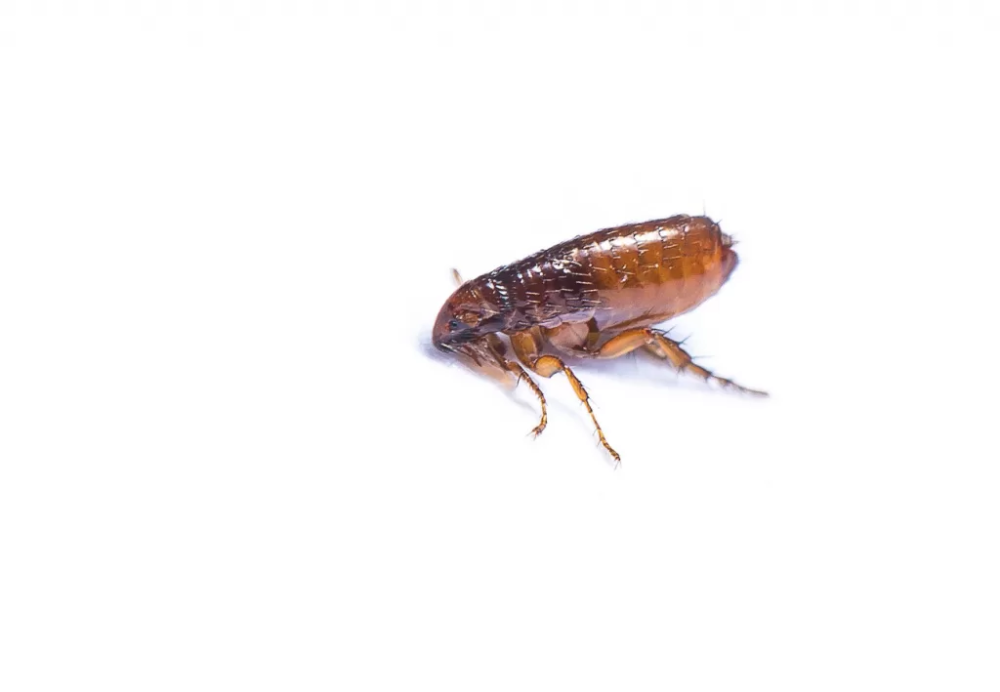
Fleas are small insects that are considered parasites that feed on the blood of animals and humans. They are characterized by their great ability to jump distances exceeding 200 times their body length, which makes them easily transmitted between hosts. Fleas cause great inconvenience, especially in homes with pets.
flea appearance
- Size and color: The flea ranges in length from 1 to 4 mm, and is dark brown or black in color.
- Hind legs: It has strong hind legs that give it the ability to jump long distances.
- Mouthparts: Equipped with mouthparts designed to suck blood by piercing the skin.
flea life cycle
Fleas go through four main stages during their life, and each stage presents an opportunity to target them:
- Eggs: The female lays eggs in warm, moist places, such as animal fur or cracks in the ground. Eggs can be eliminated by regular vacuuming.
- Larvae: Larvae feed on organic matter and skin debris shed from the host. Using insecticides that target the larvae can limit their reproduction.
- Pupa: The larvae enter the cocoon stage, where they are highly protected. This stage can be controlled using steam or highly effective pesticides.
- Adult: Adult fleas emerge in search of a host's blood. They can be eliminated with pesticides applied to pets and infested areas.
Where fleas are found
- Pets: such as cats and dogs, where they live in their fur.
- Home furnishings: such as carpets and sofas.
- Wet places: bathrooms and kitchens.
Damage caused by fleas
- Flea bites: cause itching and redness of the skin.
- Transmission of diseases: such as plague and typhus.
- Allergy: May cause serious allergic reactions.
How to get rid of fleas
- House cleaning: Wash bedding and clothes in hot water and clean carpets and upholstery regularly.
- Pet treatment: Using a collar or special shampoo.
- Use effective pesticides: such as Demon Max, which eliminates fleas at all stages of their life, and Actellic, which helps reduce their numbers significantly.

